Bryan Kohberger’s trial for the Idaho murders is months away. How strong is the case against him?
EXCLUSIVE: Prominent attorney Duncan Levin speaks to Rachel Sharp about the case against Bryan Kohberger and what to expect for the next moves from the defence and the prosecution

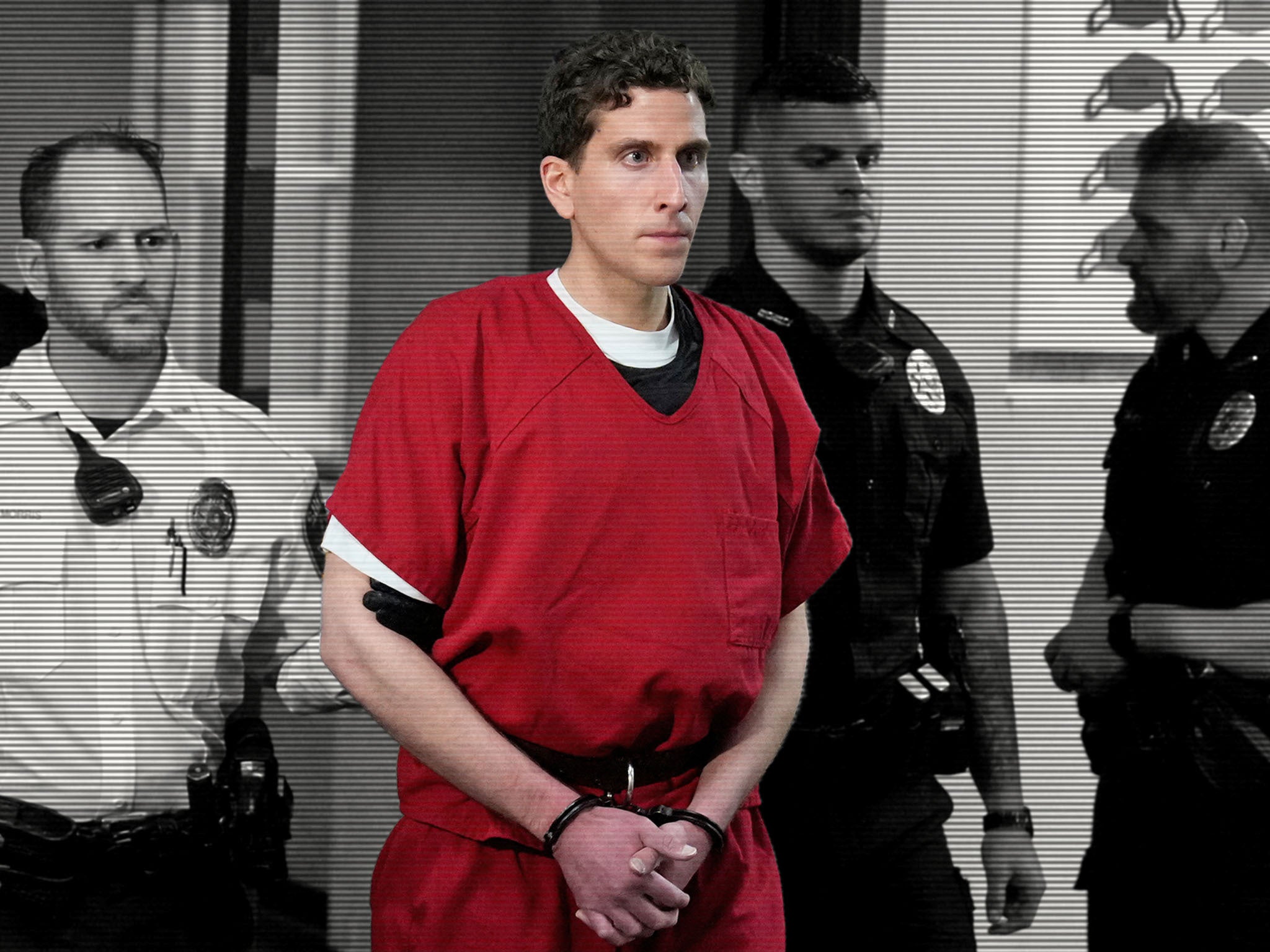
It will be another six months before Bryan Kohberger and the families of his alleged victims come face to face in court again, after his preliminary hearing was postponed until the summer.
The 28-year-old criminology PhD student could face the death penalty if convicted when he eventually goes on trial for the murders of Kaylee Goncalves, Madison Mogen, Xana Kernodle and Ethan Chapin – the four students who were found violently stabbed to death in an off-campus home in Moscow, Idaho, on 13 November.
For more than six weeks, the murders remained a mystery and left the small college town racked by fear.
Then, on 30 December, Mr Kohberger was arrested 2,500 miles away at his family home in Pennsylvania and charged with four counts of murder and one charge of burglary.
Details about the murders and his alleged role in them were laid out in the damning probable cause affidavit released earlier this month.
But just how strong is the case against him? What can we expect next from the defence and the prosecution? And why has Mr Kohberger’s attorney requested evidence about a co-defendant?
Duncan Levin, a former assistant district attorney in the Manhattan DA’s office who has no official connection to the Idaho murders case, speaks to The Independent about the strength of the criminal case and what to expect next as it makes it way through the courts.
How strong is the case against Bryan Kohberger?
Based on the “damning” evidence outlined in the probable cause affidavit, Mr Levin said that the prosecution has a “very strong case” against Mr Kohberger.
“It’s an exceedingly detailed probable cause affidavit and frankly it’s pretty surprising that the prosecutors would include the level of detail they included in it,” said the attorney at Levin & Associates who has represented clients including Harvey Weinstein and Anna Delvey.
He added: “I have to say looking at it it is a perfect case of where there’s smoke, there’s fire.
“There’s so many damning pieces of evidence. The information here all points to Kohberger as the only person to have committed the crime.”
The suspect - who is presumed innocent until proven guilty - was tied to the murders through DNA evidence, cellphone data, an eyewitness account and his white Hyundai Elantra, according to the bombshell probable cause affidavit released earlier this month.
The DNA evidence in particular is one “very, very important piece of information,” Mr Levin said.
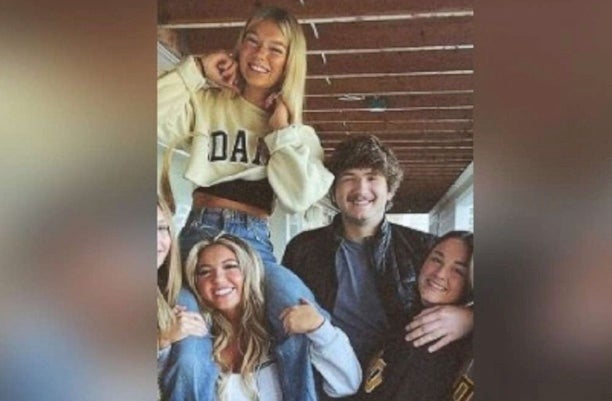
The affidavit revealed for the first time that a knife sheath had been left behind at the crime scene on the bed next to the bodies of Mogen and Goncalves.
DNA found on the sheath was matched to Mr Kohberger, using DNA obtained from trash taken from his parents’ home and a genetic genealogy database, the affidavit states.
As well as the DNA evidence, cellphone data described in the affidavit suggests that Mr Kohberger stalked the student home at least 12 times in the run-up to the night of the murders, according to the affidavit. The exact dates and times of these instances were not revealed in the affidavit but all bar one were in the late evening or early morning hours.
At the time of the murders, investigators believe Mr Kohberger then turned his cellphone off in order to try to avoid detection.
However, cellphone data places him close to the home on King Road at around 9am on 13 November – suggesting that he returned to the scene of the crime just hours after allegedly murdering the four victims at around 4am.
One of the victims’ surviving roommates was also able to partially describe the killer to investigators after she came face to face with him in the home. Her description matched that of Mr Kohberger, authorities allege.
He was also tracked down through his white Hyundai Elantra, after investigators said a vehicle matching that description was spotted at the crime scene at the time of the murders.
On their own, each piece of evidence can be picked apart at trial, said Mr Levin – but altogether it makes an “extremely tight case”.
“Any one of these could be drawn apart and attacked but when you put all of these strands together, you get an extremely tight case so far and it is still ongoing,” he said.
“We don’t know for example if there’s more DNA in the Elantra. I expect the prosecution will take his car down to the studs and you can’t possibly clean a car well enough these days to outsmart technology.”
He added: “When you put it all together, it becomes a tapestry of evidence.”
Noting Mr Kohberger’s knowledge of crime and criminal justice, Mr Levin said that the suspect did a poor job of “covering his tracks”.
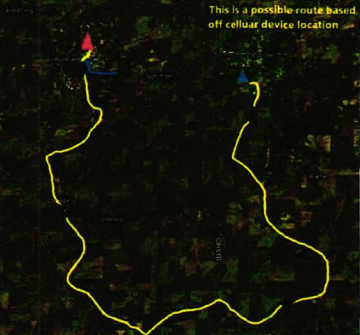
At the time of his 30 December arrest, Mr Kohberger had just completed his first semester as a PhD student in criminal justice at Washington State University. For years, he had shown a keen interest in criminals and the criminal mind, studying criminology at DeSales University in his home state of Pennsylvania – first as an undergraduate and then finishing his graduate studies in June 2022 – before moving to the Washington-Idaho border town of Pullman to begin his PhD program.
But, despite the suspect’s knowledge of the criminal justice system, Mr Levin said that the affidavit reveals investigators were able to find several “damning pieces of evidence” all pointing to him as the lone suspect.
“In short he should get an F in criminology class,” he said. “He did not do a good job of covering his tracks.”
What’s missing from the affidavit?
According to Mr Levin, the affidavit is “unusually” detailed in laying out the case against the suspect.
“Usually probable cause affidavits are very bare bones as at the early stage of the investigation the police and prosecution don’t want to lay out the entire case to the defence,” he said.
“Here it was unusually detailed.”
Mr Levin pointed out two potential reasons for this: to prove to the court that there is enough probable cause to believe that investigators have the right person and that he should be held behind bars until trial, and to correct some of the speculation around the high-profile case.
“I think they wanted to correct some of the narrative of what’s going on,” he said.
“This case has allegedly been cracked through old-school police methods and they’re trying to demonstrate how thorough it is.”
However, despite the extensive nature of the affidavit, Mr Levin said that there are gaps in the case so far laid out by investigators.
“What’s interesting is that there is no specific evidence that puts Kohberger in the house at the time of the murder,” he said.
“There’s no actual footage of him entering the house, no cellphone data of him definitively in the house,” he said.
“There’s no video of him behind the wheel of the car… so it’s a highly circumstantial case.
“It’s an extremely strong circumstantial case but as of yet nothing definitively placing him at the scene,” he said, adding: “But the strands of it all point in his direction with some of key damning pieces of evidence in the case.”
Why is there a six month gap before the preliminary hearing?
At his status hearing in Latah County Courthouse on 12 January, Mr Kohberger waived his right to a speedy trial - which would have set his preliminary hearing within 14 days.
Instead, his attorney asked that the next court date instead be delayed until the summer, to give defence more time to review all the evidence in the case.
The prosecution agreed with the request and the judge scheduled the preliminary hearing for the week beginning 26 June, setting aside the entire week for the hearing.
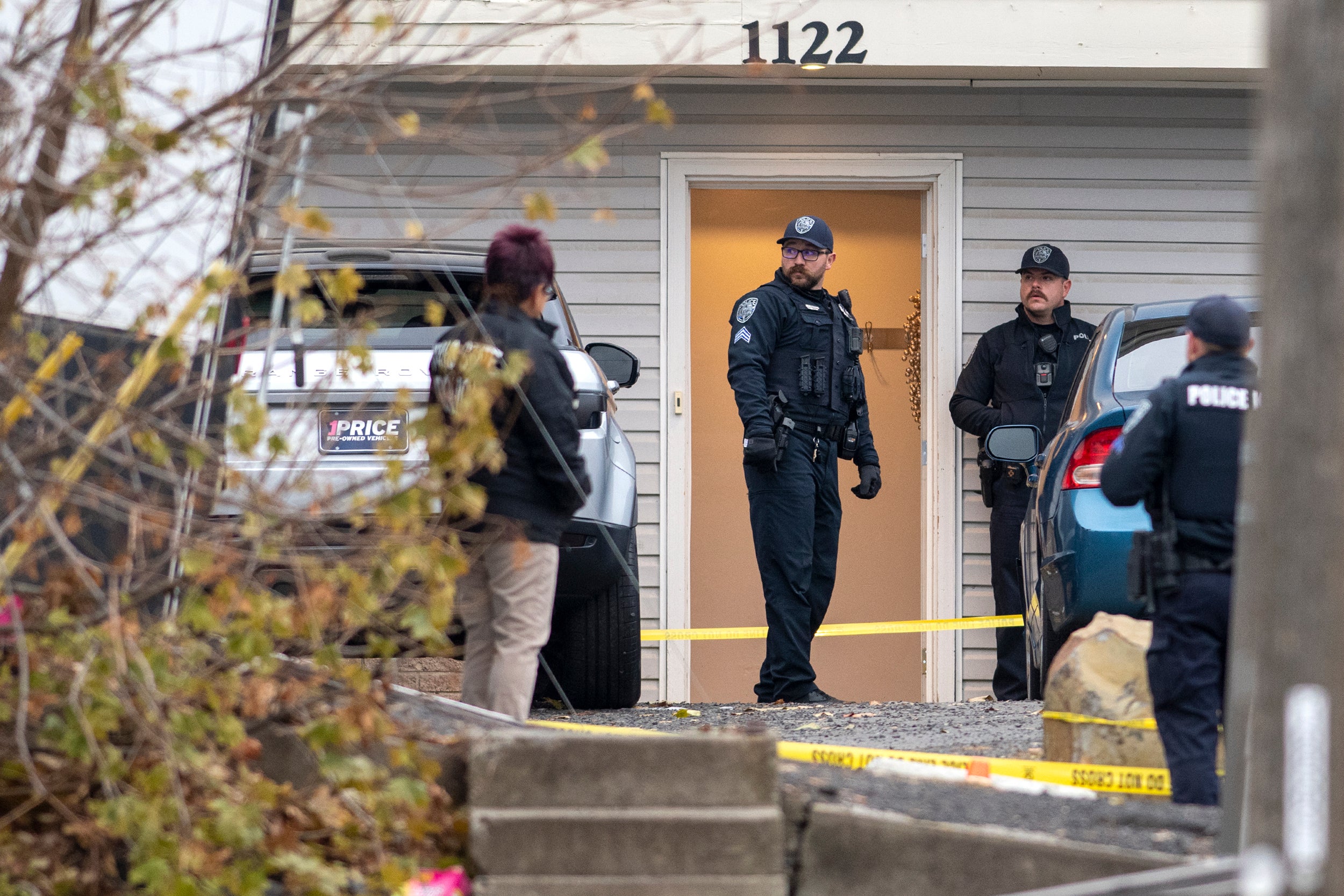
Now, the victims’ families and the public will have to wait another six months to learn further details about the murders and the case against Mr Kohberger.
Mr Levin said that a six-month time gap between a status hearing and preliminary hearing is “somewhat unusual” but it’s a marker of the complexity of the case.
“It is somewhat unusual to see such a long gap but then again nothing is normal in this case,” he said.
“Death penalty cases do mean that everything will take longer and be done a little bit differently than one might expect to see on a typical case.”
The six-month delay is a benefit to both sides, he added.
“The defence wants as much time as possible to conduct their own investigations before they have the opportunity to cross-examine the state’s witnesses. So they’re eager to have more information in their hands before any testimony is heard in the preliminary hearing,” he said.
“Similarly, the prosecution needs time to conduct further investigations. For example they will be likely doing a forensic examination of Kohberger’s automobile and residence. And they are still yet to uncover a motive. They have a lot of work yet to do.”
He added: “Both sides really need more time to review evidence and develop their cases.”
What can we expect from the preliminary hearing?
Further evidence and information about the case is not expected to be made public until the preliminary hearing on 26 June, after a judge issued a gag order preventing officials from talking about the case.
Behind the scenes, both sides will be “conducting investigative work, examining discovery and moving the case forward,” said Mr Levin.
In the preliminary hearing, the prosecution and the defence will then both lay out their cases in court for the first time, witnesses will likely be called and the defence will have the opportunity to cross-examine them, and Mr Kohberger will enter a plea on the charges.
“I think this case looks like it is headed to trial,” said Mr Levin, adding that due to the complexity of the case it could take some time.
“As a case where the death penalty is on the table, it will take a long time to wind its way through the courts and it will be a lengthy court proceeding,” he said.
“It’s not the kind of case a court regularly handles so whether it’s in 2023 is an open question.”
What will be the prosecution’s next move?
Part of the prosecution’s case will involve ruling out other potential suspects – including Mr Kohberger’s own family members, said Mr Levin.
Investigators used the DNA from Mr Kohberger’s father to tie the 28-year-old to the killings, per the affidavit.
So, it would be a natural step to show that the father has been ruled out, Mr Levin explained.
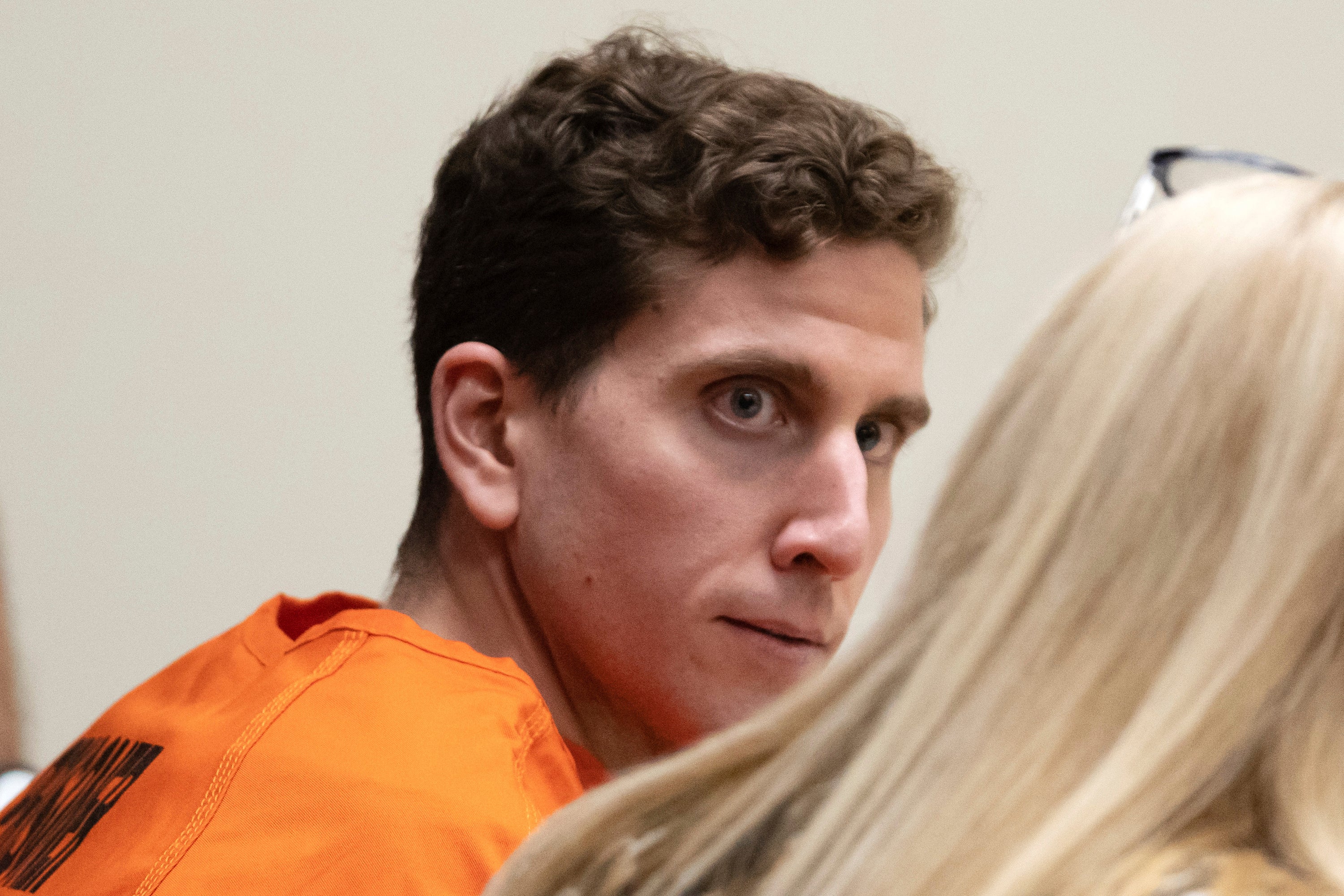
“To make their case stronger they will have to rule out anyone else,” he said.
“The other thing we still don’t know is the motive. We have no idea how he knows them. They could have been strangers. So we don’t know why it happened.”
The probable cause affidavit revealed no motive for the murders and there remains no known connection between the four students and the suspect. The murder weapon – a fixed-blade knife – is also yet to be found.
Mr Levin said that prosecutors are likely combing through cellphone and online records to try to determine any possible connection between the suspect and the four victims.
A motive isn’t needed to build a strong case, but it can help, he said.
“It’s just human nature to want to know why someone would want to murder four people,” he said.
“Strangers do murder strangers. It does happen in human history but it is a rare event for a stranger to go into a house and murder four strangers.
“So from a human nature perspective people want to understand what happened.”
What will be the defence’s next move?
“This is shaping up to be a difficult defence case,” said Mr Levin.
“But it’s going to be won or lost on forensic science such as whether DNA evidence and cellphone tower technology places him at the scene.”
According to Mr Levin, a strong defence will “attack” each and every one of the key pieces of evidence.
“For example, the eyewitness got an up-close look at the killer – her testimony will be attacked with questions like: ‘Was it very dark? Was she sober? Why was 911 not called right away?’” he said.
“Cellphone towers often don’t pinpoint location that closely and Kohberger’s home and the home of the victims are within 20 miles of each other.
“So all these individual strands can be attacked and that’s what the defence will focus on doing and they will try to find experts to refute the evidence.”
It is also likely that the defence will request a change of venue for the trial, to move it out of the county where the small college town of Moscow resides.
“I think that will be something that will be taken seriously by the judge because so many residents of the small town lived through the experience and they will be potential jurors,” he said.
“But it is a steep uphill battle to win a venue change because the pretrial publicity in the case has been everywhere – all over Idaho and internationally too.”
Why is the defence requesting evidence about a ‘co-defendant’?
Last week, Mr Kohberger’s attorney Ann Taylor filed a discovery request in the case, asking the judge to order the prosecution to hand over all discovery in the case within 14 days.
Among the discovery requests were witness statements, digital media and police reports about the case.
It also included a request for information about a “co-defendant” in the case.
“Statements of co-defendant. Any written or recorded statements by a codefendant, and the substance of any relevant oral statement made by a co-defendant whether before or after arrest in response to interrogation by any person known by the codefendant to be a peace officer or agent of the prosecuting attorney, or which are otherwise relevant to the offense charged,” the filing reads.
The request has prompted speculation of evidence suggesting that Mr Kohberger may have had an accomplice – or that the defence could seek to argue that as part of their case.
However, Mr Levin explained that this is just part of the standard requests for discovery in a case.
“These are just very standard requests as part of the defence’s discovery request,” he said.
While ruling out other individuals as possible suspects will likely form part of the state’s case against Mr Kohberger, he said that this does not indicate that there are other suspects.
The probable cause affidavit makes no mention of a co-defendant and law enforcement officials have previously insisted that they believe the suspect acted alone.
The request making mention of a co-defendant is also just one of 18 discovery requests made in the court filing.
“I don’t think I would make much hay of that,” Mr Levin said of the discovery request.
Could Bryan Kohberger get a plea deal?
If convicted of the four murders, Mr Kohberger faces the possibility of lethal injection, should the prosecution seek the death penalty.
In the state of Idaho, the maximum sentence for first-degree murder is death and the suspect is facing four counts of this charge.
While the Latah County prosecutor has not yet confirmed whether or not he plans to seek the death penalty in the case and he is unlikely to show his hand over the coming weeks due to the gag order now in place.
Goncalves’ parents have already said that they want their daughter’s killer to be sentenced to death saying he “has to pay” for what he has done.
“If you want to play god’s role, you’re gonna have to go answer to him,” Steve told NewsNation in early-January.
According to Mr Levin, in a death penalty case, the only possible plea deal would be for the suspect to be given life in prison instead.
However, he said it is “too early” to tell whether this is likely in this case.
“At this point, it is too early for the two sides to have a discussion about a plea deal,” he said.
“On a death penalty case, the only plea on the table is life in prison but both sides have too much investigating ahead of them to discuss that at this time.”


